
5 Simple Ways to Prevent Rabies in Cats 2025
To be honest, cat rabies is a very serious health problem that consistently results in death. Since there is still no treatment for feline rabies, knowing how to protect your precious companion from such a viral disease is absolutely crucial.
That's why we're sharing the best information we've found from our research, along with the essentials you need to protect your cat from a fatal health problem.
First, let's find out exactly what rabies in cats is...
What is cat rabies?
Feline rabies is a serious viral infection that attacks the central nervous system and causes significant damage to the spinal cord and brain.
This condition is also called hydrophobia, as it causes acute spasms of the throat, which make the cat feel as if it is choking when trying to swallow water or similar liquids.
In addition to cats, rabies can also infect other warm-blooded animals, such as dogs, foxes, bats, skunks, weasels, and raccoons, among others. This infection can also be transmitted to humans.
It's worth noting that cats are the most vulnerable pets to rabies in the United States and surrounding areas. Your pet may even be at risk of contracting the disease if you don't have the proper knowledge.
You may be wondering how a cat gets rabies. Let's talk about it...
How does a cat get rabies?
Cat rabies is usually transmitted through the saliva of an infected animal. A bite is the most common means of transmission.
Interestingly, transmission can also occur through scratches and cuts. When the virus in saliva comes into contact with a cut, nick, lesion, or mucous membranes such as those in the mouth and corners of the eyes, infection is very likely.
What's really alarming about cat rabies is that the virus continues to live for up to 2 hours after being passed by an infected animal.
This is why it is essential to wear protective equipment such as gloves and a mask when handling wild animal carcasses found on your property, as they may still harbor the virus.
Next, let's talk about the frequency of feline rabies...
How common is rabies in cats?
Although feline rabies is considered a minimal threat, it is still quite common in some areas, particularly in the United States. The Centers for Disease Control and Prevention (CDC) reports that more than 250 cases are reported each year.
The next part of the article is very important, as it presents the symptoms of rabies in a cat.
What are the signs of rabies in a cat?
The symptoms are divided into three (3) distinct and contrasting phases, namely the prodromal phase , the furious phase and the paralytic phase . Here is a brief description of each of these phases:
The prodromal phase
During the prodromal phase, you will notice a sudden change in the cat's disposition or temperament. A reserved cat will become more sociable and confident, while a normally outgoing cat will become shy and easily startled.
Additionally, you may also notice a slight change in their voice due to the throat spasms that are already occurring. Remember that rabies is already irreversible from the prodromal stage.
The furious phase
As the name suggests, the furious stage is when the infected animal becomes extremely excitable and aggressive. In addition to frequent drooling and loud vocalization, it also tends to indiscriminately attack anything or anyone it encounters at this stage.
The furious phase is considered the most dangerous of all the phases of cat rabies. Foaming at the mouth can also be observed at this stage.
The paralytic phase
In the paralytic stage, the cat's larynx is completely paralyzed, and the muscles that control the movement of the nose and mouth contract, making breathing extremely difficult. The infected cat falls into a coma and eventually dies within a few hours.
Here are some additional notes to keep in mind regarding rabies symptoms in cats:
- Symptoms do not usually appear immediately. While symptoms of the virus can appear within a few days in some cases, it can take weeks, months, or even up to a year in others.
- The time it takes for symptoms to appear depends significantly on two crucial factors: the location of the bite and the severity of the bite .
- The closer the bite is to the spinal cord or brain, the faster the harmful effects of the disease will appear. Furthermore, severe bites tend to absorb more saliva from the infected animal and will trigger rabies symptoms more quickly.
Now let's look at the appearance of the eyes of a cat infected with rabies...
What do the eyes of a cat with rabies look like?
Although feline rabies does not have many physical indicators, especially in its early stages, one characteristic of this viral infection is that the animal's pupils appear to be permanently dilated.
One of the effects of the disease is to trigger unreasonable fear and anxiety in the infected animal. Under normal circumstances, a cat experiencing these emotions will have dilated pupils for a short time.
However, rabies impairs the central nervous system and causes abnormal dilation of the pupils for very long periods.
To continue our discussion, let's address a question that has already been asked to me by many cat owners...
Can an indoor cat catch rabies?
The short answer is yes.
Even if your beloved kitty stays indoors most of the time, there's still a chance he could become infected with rabies.
It's not uncommon for indoor cats to be tempted to explore the outside world and find creative ways to sneak out of the house. This increases their chances of infection, as wild animals such as weasels and raccoons, among others, are common sources.
Another important piece of information is the lifespan of a rabid cat...
How long can a cat live if it has rabies?
To be perfectly honest, it's extremely difficult to determine how long an infected cat will live. While the onset of infection can take days or weeks in some animals, it can last months or even a year in others.
However, the fatal effects of the disease usually manifest ten (10) days after the prodromal phase.
In the next part, I'll share some cat rabies prevention tips to keep on your pet care checklist...
Practical and simple ways to prevent rabies in cats
If you want to protect your feline as much as possible against rabies, here are the essential points to follow:
Establish clear territorial boundaries
It's essential to establish boundaries so your cat knows where they're allowed to go and where they're not. It's best to do this as early as possible, especially for indoor cats, who tend to be curious about their surroundings.
In addition to giving your cat an idea of which parts of the house they are allowed to explore and where they can lounge, marking out their territory also reduces their urge to sneak outside, as they will be inclined to become territorial and protective of the spaces they are allowed to roam.
Prevent wild animals from coming into contact with your cat
As I explained earlier, the risk of rabies infection generally comes from contact with outdoor wild animals, such as raccoons and weasels. If you allow your cat to spend time outdoors, be sure to supervise them at all times to avoid any chance encounters with such animals.
Since it's not uncommon for cats to be very territorial, your feline could receive an unexpected bite during an encounter with one of these critters, which could lead to the transmission of rabies.
Dispose of wildlife remains immediately
If you live in a wooded area or near a forest, you may occasionally come across dead wildlife in your yard or patio.
It's essential to dispose of these carcasses as quickly as possible. These remains can harbor the rabies virus, which your feline could unknowingly be exposed to if it stumbles upon them first.
As I mentioned earlier, remember to use protective gear, such as a pair of gloves and a mask, as the rabies virus can live for up to two hours after being shed by the host.
Supervise socialization with other animals
Although socialization plays a key role in a cat's growth and mental development, knowing the animals it interacts with is essential for any infection.
If you see your kitty approaching a cat or dog you don't know, don't hesitate to pick them up as soon as possible and find out who the other animal's owners are. This may seem a bit drastic, but prevention is better than cure when it comes to rabies.
Examine your cat regularly for wounds, cuts, and lesions.
Spend a few minutes a day examining your cat for any wounds, lesions, nicks, and cuts that weren't there before. In addition to helping prevent wound infections through prompt care, this examination also helps you mentally search for the source of these injuries.
As a bonus, your beloved feline will see this activity as a way to bond. For you, it would be killing two birds with one stone. Not bad, right?
An important tip to consider to improve your pet care checklist
Besides rabies, there are several other serious health problems that can negatively affect your cat's quality of life. Therefore, you should strengthen your cat's immune system to prevent it from becoming an easy target for fungal, bacterial, and viral infectious diseases.
SILVERPET by Homeoanimo is designed to help maintain optimal body function and strengthen your pet's overall immune system. This will help them become more resistant to disease. With its gentle, holistic approach and premium natural ingredients, this product is definitely a useful addition to your cat care checklist.
A final reminder about cat rabies
This concludes my article on simple ways to protect your cat from rabies. Thank you for taking the time to read it, and I hope you learned a lot.
Although it may seem difficult to prevent feline rabies, having the right support group to guide and help you throughout the process will definitely be a benefit. That's why you should consider signing up for our FREE ANIMAL HEALTH REFERRAL .
Our natural health advisors are available to provide helpful and practical advice that maximizes the benefits and wonders of homeopathic medicine. They will also help you find the products and treatment options that best meet your pet's health needs.





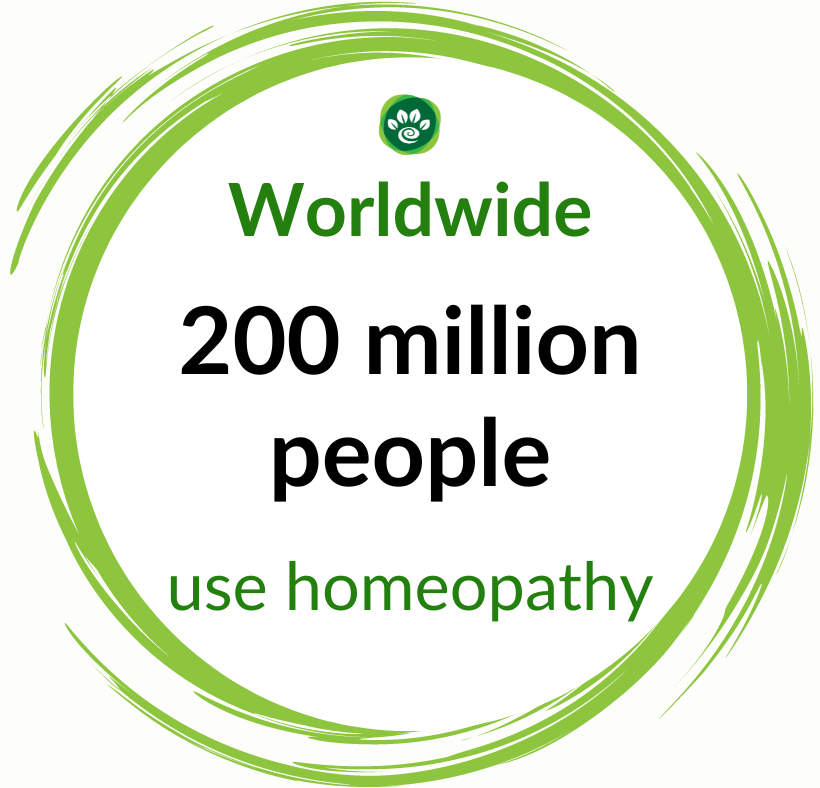
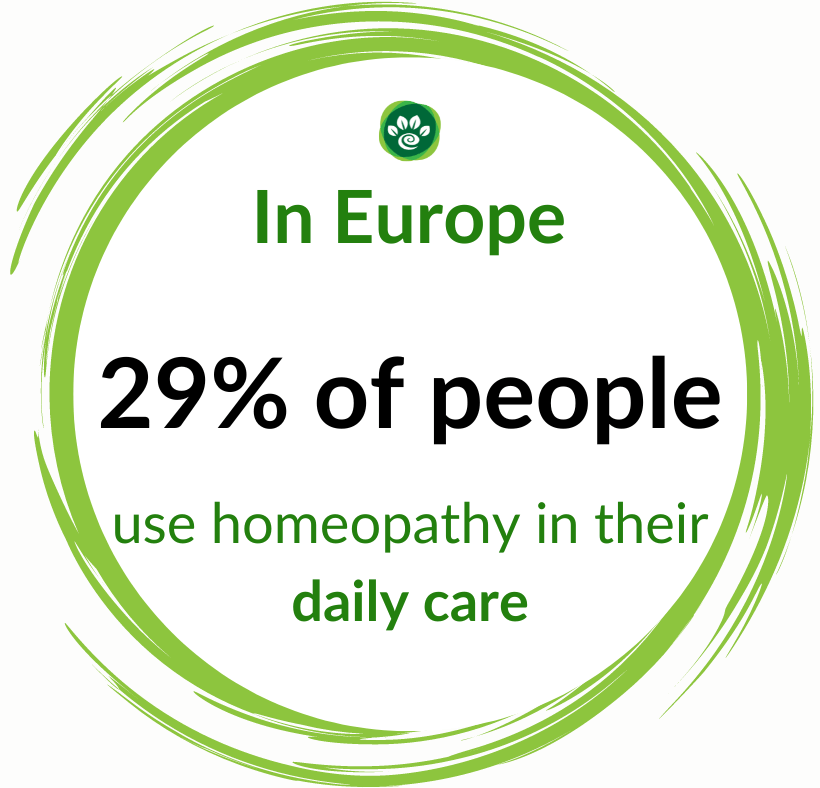
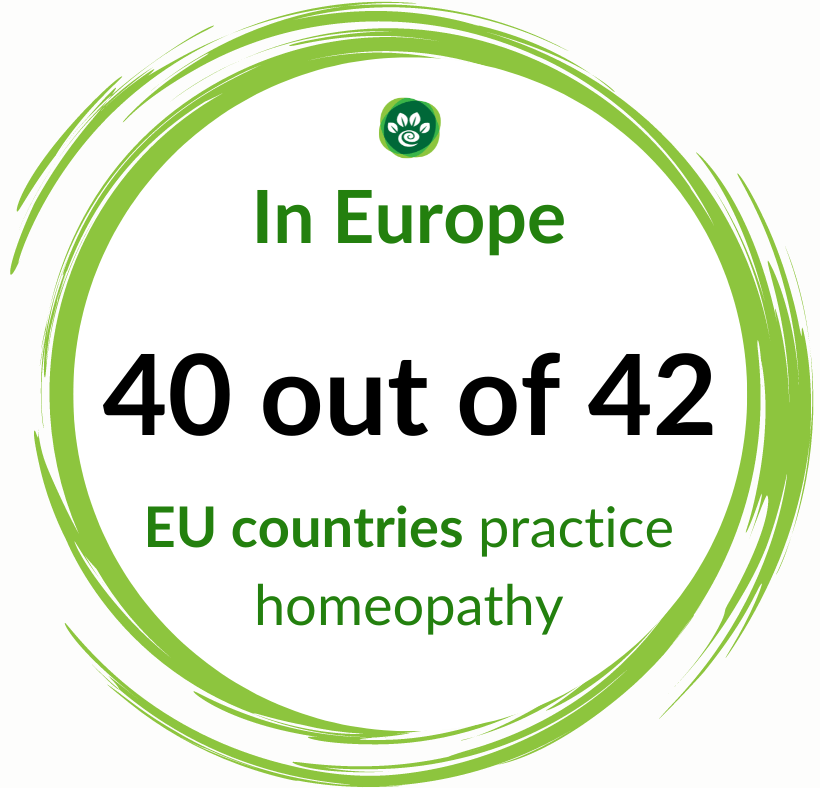
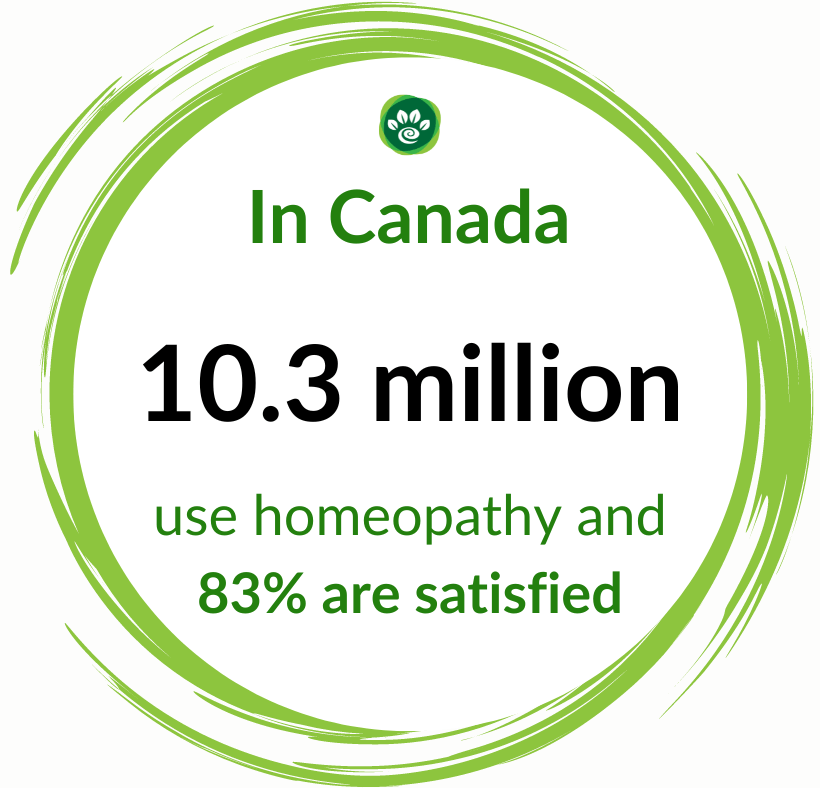
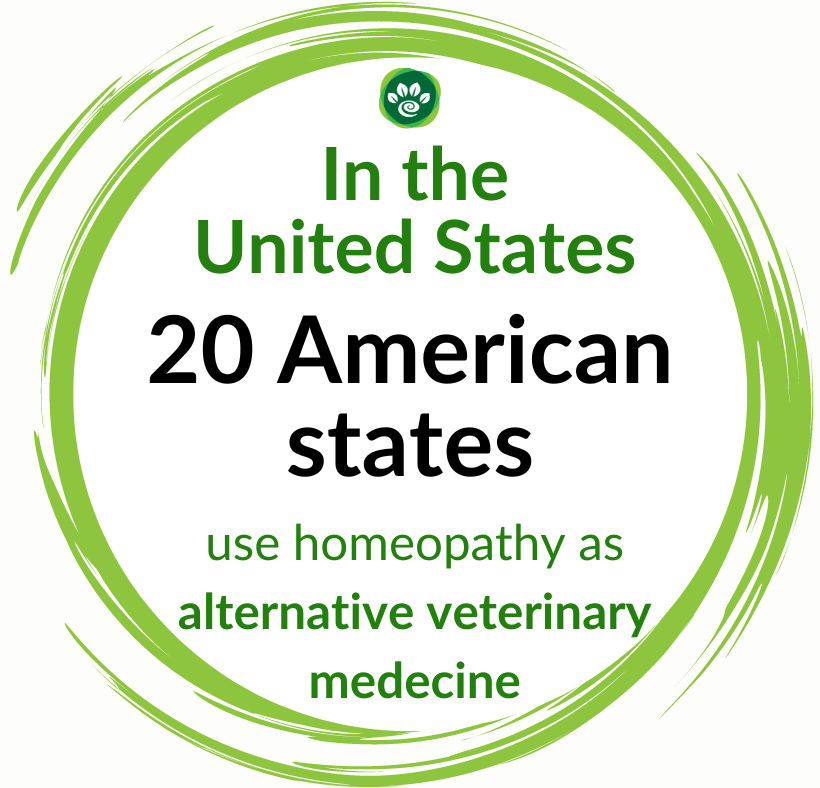










Leave a comment
This site is protected by hCaptcha and the hCaptcha Privacy Policy and Terms of Service apply.